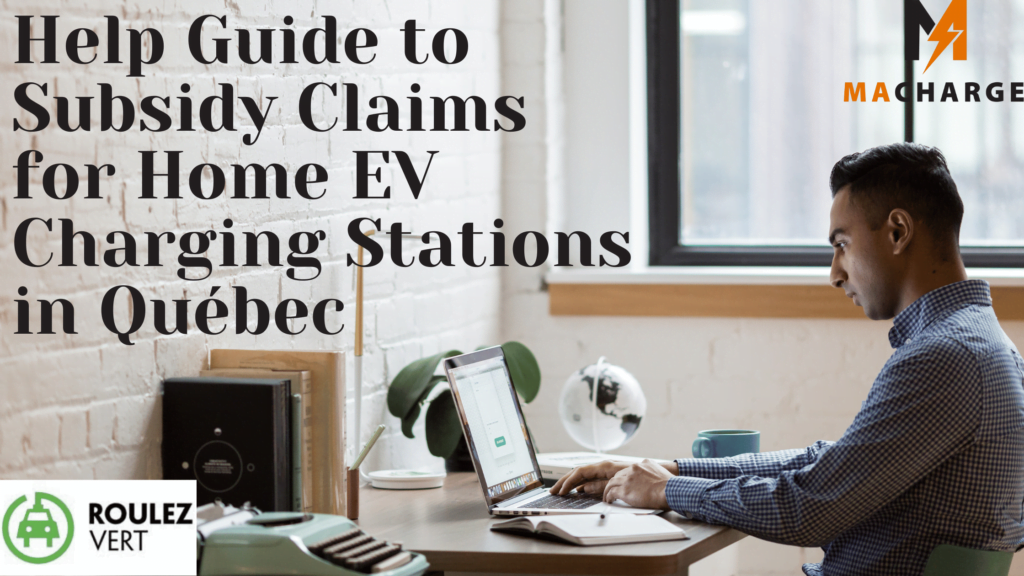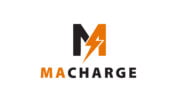
In the realm of electric vehicles, setting up an efficient charging infrastructure at homes and workplaces is a pivotal step. If you’re in Québec and if you don’t already know, you’ll be pleased to discover that the provincial government offers financial assistance for home charging stations through its subsidy program called Roulez Vert. MaCharge is an electrical contractor that specializes in electric vehicle charging installations and charger equipment. If you’re in Québec, you’ll be pleased to know that the provincial government offers financial assistance for home charging stations through its subsidy program. Our goal with this blog is to discuss some of the intricacies of the applicant’s profile process when requesting an EV Charging Stations Subsidy with Roulez Vert.
We’ll address five essential questions that individuals often encounter and ask MaCharge when submitting a subsidy claims. Our goal is to provide you with a clear understanding of the process, requirements, and scenarios associated with the program.
The electric vehicle revolution continues to gain momentum. We are witnessing it first hand. More individuals and businesses are making the shift towards electrical vehicle options. Hybrids as of late are very popular. One key aspect of this transition is setting up efficient charging infrastructure at homes and workplaces.
1. Who is eligible to submit a subsidy claim for a home charging station?
To qualify for financial assistance for a home charging station, you must be a resident of Québec and own or have a long-term lease on an electric vehicle. This includes fully electric or plug-in hybrid models, as well as electric motorcycles. Your vehicle can be new or used, widening the accessibility of the subsidy program.
2. What types of buildings are eligible for the subsidy?
The building where the charging station will be installed must be a dwelling located in Québec. This encompasses a variety of residential setups, such as single-family dwellings, row houses, semi-detached houses, duplexes, and even second homes. Moreover, occupants of multiple dwelling buildings are also eligible, although the financial assistance structure might vary. It’s advisable to check the specific eligibility criteria for your situation.
3. Is there a time limit for applying for the subsidy after acquiring the vehicle?
Unlike some programs that impose strict deadlines, Québec’s subsidy program offers flexibility in this aspect. There’s no maximum time limit between acquiring your electric vehicle and applying for financial assistance for a charging station. However, it’s important to note that you must possess the electric vehicle when submitting your application.
4. What are the essential considerations when preparing your application?
a) Invoices in your name: To streamline the application process, ensure that all invoices related to the charging station purchase or leasing, as well as the installation, are in your name.
b) Minimum cost requirement: The total amount you pay for acquiring and installing the charging station must be at least $600 before taxes. This ensures that the subsidy is applied to substantial expenses.
5. Are businesses and organizations eligible for the subsidy?
Absolutely. The subsidy program extends its benefits to not only individuals but also businesses, municipalities, and Québec organizations under certain conditions. An illustrative example is when a business applies for financial assistance for a home charging station to support an employee who resides in an eligible building and operates the company’s electric vehicle.
Additional Scenarios:
a) Used Vehicle Acquisition: Even if you’ve purchased a used electric vehicle that was previously associated with a charging station reimbursement, you can still benefit from the subsidy. Ensure that the installation address and owner’s name provided in your application differ from those in previous reimbursement applications.
b) Vehicle Change: If you’ve previously obtained reimbursement for a home charging station and subsequently acquired a second electric vehicle or changed your existing electric vehicle, you’re still eligible for another reimbursement. The key requirement here is that the invoices you provide should pertain to the new charging station, with a minimum cost of $600 before taxes.
c) Relocation: If you’ve received reimbursement for a home charging station and you move to a new dwelling while retaining your electric vehicle. Unfortunately, you cannot apply for reimbursement to set up a new charging station in your new residence.
A Final Word on the EV Charging Stations Subsidy Program
Navigating the subsidy claim process for a home EV charging station in Québec might seem intricate. However, it’s designed to facilitate the transition towards electric mobility. By taking advantage of the province’s financial assistance program, you will be enjoying the convenience of home charging. Whether you’re an individual, a business owner or municipality, make sure to explore the possibilities that the MaCharge program offers. For more detailed information, including specific requirements and how to apply, you can visit the official page on the Québec government’s website.
